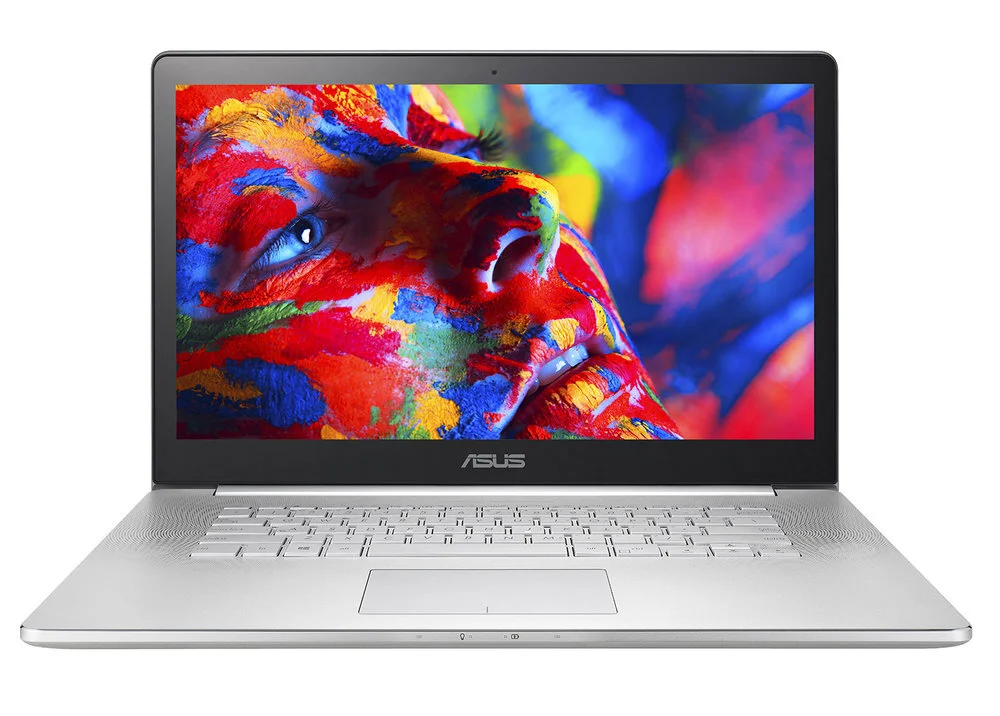Designing a disruptive display for the ASUS Zenbook NX500
Dec 3, 2014
Author: Jeff Yurek
Earlier this year ASUS came to Nanosys and 3M with a pretty audacious idea for a new product. They were looking for a way to build an ultrabook without making any tradeoffs in display quality, battery life or form factor. Could we help them achieve this wild goal using a disruptive new display technology we’d been developing called Quantum Dots?
Tradeoffs
ASUS’ query was especially interesting to us because designing a great product is usually all about tradeoffs. It means boiling a product down to it’s most essential elements and often being willing to live without some great features so that the best parts are truly great. This principle applies to all kinds of products from software to automobiles but when it comes to a battery-powered consumer electronic device like an ultrabook the tradeoffs can be especially acute.
The reason? Batteries are not improving at nearly the same rate as other important features. There is no “Moore’s Law” for battery technology so it’s tough to improve battery-life without making the battery, and therefore the whole device, larger. If you’ve ever wondered why there is no Retina MacBook Air, this is why.
More display resolution means more power consumption. More power consumption means either adding a bigger, heavier battery or shortening battery life. Neither are good options of course and consumers in today’s world would rightly balk at the prospect of carrying a heavier bag or having to plug in more often even if they loved having a better display. So device makers are left to find ways of working around the battery by looking for big breakthroughs in the power efficiency and performance of other components.
Power hog
Nothing consumes more power in a mobile device than the display. Even in a device like a tablet or smartphone with a very power hungry LTE radio, the display still consumes nearly half the battery’s energy. It just takes a tremendous amount of energy to create, shape and guide light from the display in front of you to your eye.* Needless to say, the display was at the top of ASUS’ list when they started looking for technologies to build the new Zenbook.
The display ASUS had in mind was extremely high resolution– think four times the number of pixels on your living room’s HDTV in the space of a 15” notebook display– and would produce a much wider range of colors than anything else on the market. Combining both of these features meant the Zenbook’s display would consume significantly more power than a typical notebook with QHD resolution and standard color gamut.
In order to put that kind of professional grade display in a mobile platform ASUS needed to find a light source for their display that generates light more efficiently than existing LED or OLED displays. This is where Quantum Dots come in.
World’s most efficient light emitting technology
Tiny man made crystals that are 10,000 times narrower than a human hair, Quantum Dots are the world’s most efficient light emitting material. They also emit very pure colors and can do so at nearly any wavelength in the visible spectrum. With these properties, Quantum Dots can be used to design an ideal spectrum of light for a display– one that contains only the red, green and blue colors that the display needs to make a great image. And, unlike a standard LED display, because we’re making only the colors the display needs we can use much less power. The result is a display that’s brighter, more energy efficient and incredibly vibrant.
Working closely with manufacturing partner 3M, Nanosys was also able to integrate its Quantum Dot technology into a flexible film that simply drops into the backlight of ASUS’ new display with no changes to their manufacturing process. The display we helped them build with this film consumes about the same amount of power as a standard notebook display. This meant that ASUS was able to overcome battery limitations and deliver on all of the requirements for their ambitious design goal, bringing a high performance display to an ultrabook form factor without reducing battery-life.
The new Zenbook shows off the transformational power of Quantum Dots for mobile devices. It’s a system that could not have been built without their super-efficient light emitting properties and we think the results look fantastic. If you get a chance, check out a Zenbook at one of their in-store demos and let us know what you think!
* If you are not familiar with the inner workings of a typical LCD display, this interactive teardown of one with Prof. Bill Hammack is a great place to start


